Routings are a critical part of the setup of an ERP system. They contain direct labor (set up and run times) for a work center, or resource, but they also contain lead time segments like queue time. A routing impacts both scheduling and costing. This puts pressure on the accuracy of the times in each routing operation, which means ERP routing maintenance is paramount.
Some companies do time and motion studies to come up with the right time estimates in the routing steps. Other companies use tribal knowledge.
Creating routings at the time of introduction of new manufactured items or assemblies is work normally done by the manufacturing engineers that now the factory process. But maintaining the routing going forward is a duty that is often neglected. This leads to inaccurate scheduling results and inaccurate cost estimates. This application Routing analysis is designed to make routing maintenance very easy.
How does it work
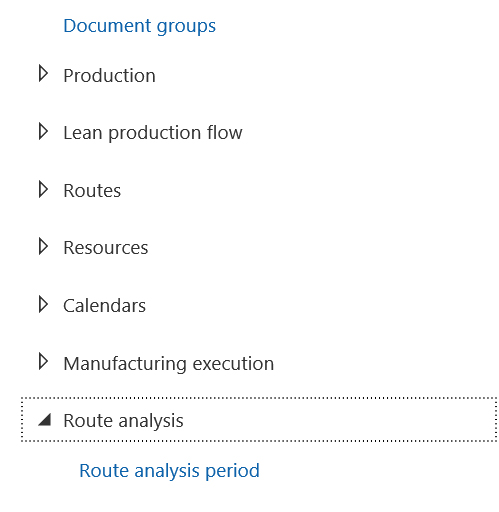 STEP 1
STEP 1
The user decides on a time period over which the system should collect actual labor hours feedback and calculate an average, the Route analysis period.
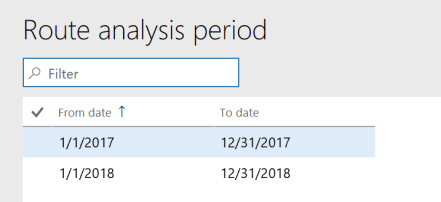
STEP 2
The user can review these averages , with their standard deviations, and decide whether it is time to update a certain routing operation (combination of item, operation code and resource or resource group)
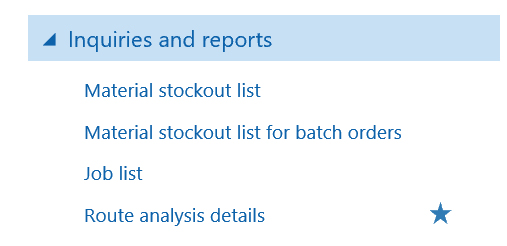
The remarkable detail here is that the average calculation is done with existing SQL function in real time.
There is no batch program needed to “calculate.”
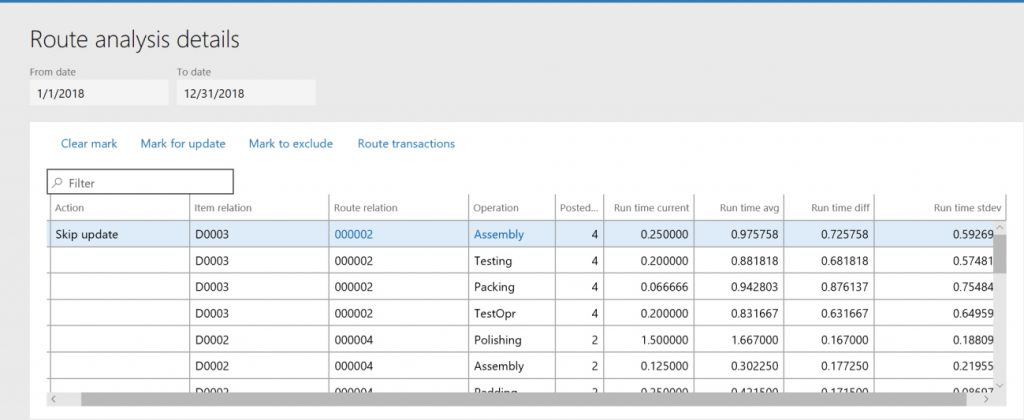
Run time current: the run time in the current routing step for this item
Run time avg: the calculate average based on the number of posted routing cards
Run time difference: the difference between the two previous columns: average minus current time.
Run time stdev: the standard deviation. Explanation see below. If the standard deviation is very high, one would be hesitant to update the routing time with the average as the average is based on widely dispersed individual values. It indicates that this operation is in a learning curve, or is highly dependent on the skills of individuals. The lower the standard deviation, the more the actual times are concentrated around the average (the narrower the bell curve) the stronger the “evidence” that the average run time would be a valid replacement for the current run time as a “new standard.”
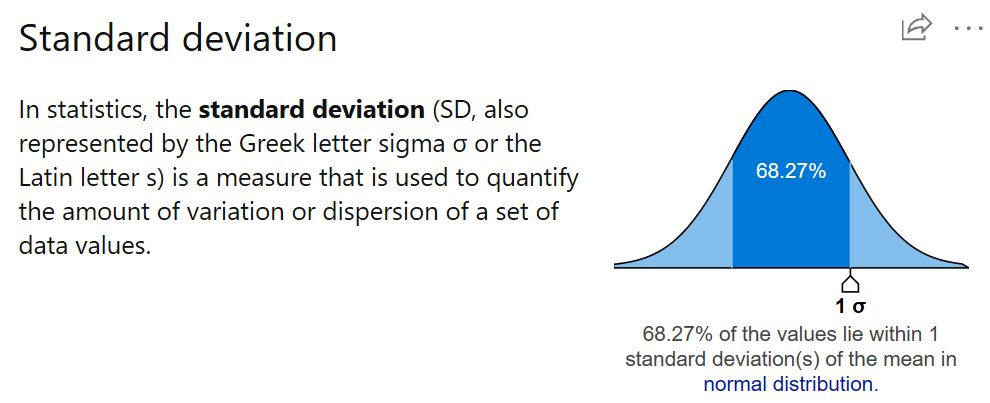
A standard deviation is a statistical measure of the variation around the average in a population or group. A standard deviation of 1 means that 68.27% of the members of the population are within plus or minus the value of the standard deviation from the average.
STEP 3
Update the routing time (set up and/ or run time) and start a new period of average actual time calculations.
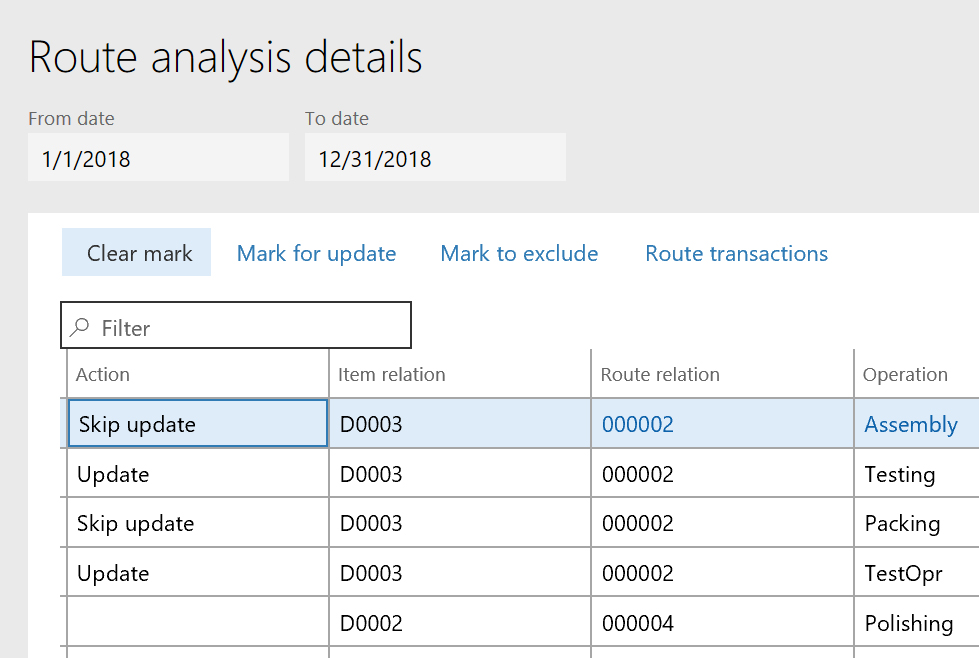
The user makes decisions for each item/operation combination. As is normal practice, one can remove “outliers”, using “mark to exclude” if the average time is considered not valid (because of high standard deviation).
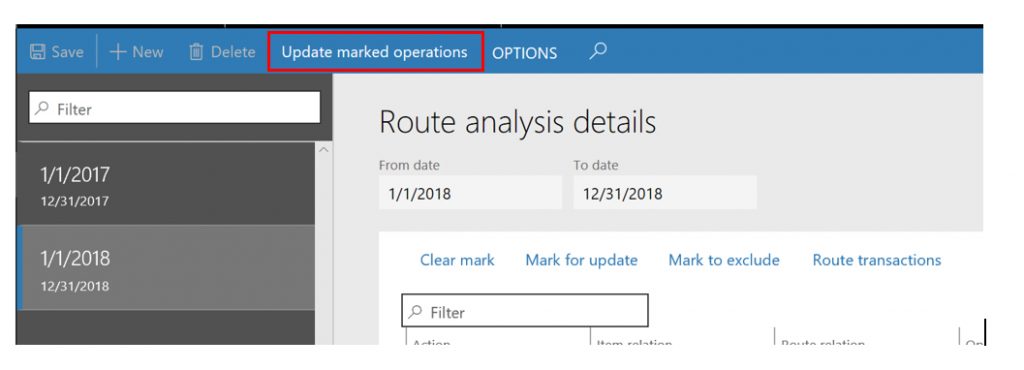
After the user makes the decisions, the button “update marked operations” is pushed to update routing operations with the average which will be rounded to two decimals.
NOTE: it is irrelevant how the routing operation times are defined: in minutes or in hours. (the Hours/time field). The system will report the averages accordingly.
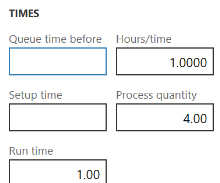
Business benefit
The accuracy of the routing improves costing and scheduling equally.
- The gain of accuracy greatly improves the results of scheduling.
- It also improves the accuracy of estimated labor costs which is a key requirement in Engineer to Order manufacturing.
Have any questions on how to use this application to improve your ERP routing maintenance? Don’t hesitate to contact us at any time!
This publication contains general information only and Sikich is not, by means of this publication, rendering accounting, business, financial, investment, legal, tax, or any other professional advice or services. This publication is not a substitute for such professional advice or services, nor should you use it as a basis for any decision, action or omission that may affect you or your business. Before making any decision, taking any action or omitting an action that may affect you or your business, you should consult a qualified professional advisor. In addition, this publication may contain certain content generated by an artificial intelligence (AI) language model. You acknowledge that Sikich shall not be responsible for any loss sustained by you or any person who relies on this publication.








 STEP 1
STEP 1






